#classical studies student
Explore tagged Tumblr posts
Text
Author: Sarah E. Bond Publication: Hyperallergic Timestamp: June 7, 2017 [roughly 9 years old]
Note: this is an article cited in the other one I made an extract for, but I think it's worth giving it its own post.
Extract:
Modern technology has revealed an irrefutable, if unpopular, truth: many of the statues, reliefs, and sarcophagi created in the ancient Western world were in fact painted. Marble was a precious material for Greco-Roman artisans, but it was considered a canvas, not the finished product for sculpture. It was carefully selected and then often painted in gold, red, green, black, white, and brown, among other colors.
[Several] museum shows throughout Europe and the US in recent years have addressed the issue of ancient polychromy. [For instance,] The Gods in Color exhibit travelled the world between 2003–15, after its initial display at the Glyptothek in Munich. [...]
Digital humanists and archaeologists have played a large part in making those shows possible. In particular, the archaeologist Vinzenz Brinkmann, whose research informed Gods in Color, has done important work, applying various technologies and ultraviolet light to antique statues in order to analyze the minute vestiges of paint on them and then recreate polychrome versions.
[...]
Most museums and art history textbooks contain a predominantly neon white display of skin tone when it comes to classical statues and sarcophagi. This has an impact on the way we view the antique world. The assemblage of neon whiteness serves to create a false idea of homogeneity [...] across the Mediterranean region. The Romans [...] did not define people as “white”; where [...] did this notion of race come from?
In early modern Europe, [...] the “scientific revolution” was marked by a desire to categorize, label, and rank everything from plants to minerals. [Inevitably,] humans were similarly subjected to such [man-made] systems of classification. [A]rtists began to engage with mathematics and anatomy and to use classical sculpture as a means [to replicate] beauty through proportions.
One of the most influential art historians of the era was Johann Joachim Winckelmann. He produced two volumes recounting the history of ancient art, Geschichte der Kunst des Alterthums (1764), [...] which came to form a foundation for the modern [...] art history. These books celebrate the whiteness of classical statuary and cast the Apollo of the Belvedere — a Roman marble copy of a Hellenistic bronze original — as the quintessence of beauty. Historian Nell Irvin Painter writes in her book The History of White People (2010) that Winckelmann was a Eurocentrist who depreciated people of other nationalities, like the Chinese or the Kalmyk.
[...]
Too often today, we fail to acknowledge and confront the incredible amount of racism that has shaped the ideas of scholars we cite in the field of ancient history.
[...]
If we want to see more diversity in Classics, we have to work harder as public historians to change the narrative — by talking to filmmakers, writing mainstream articles, annotating our academic writing and making it open access, and doing more outreach that emphasizes the vast palette of skin tones in the ancient Mediterranean.
I’m not suggesting that we go[...] repaint every white marble statue [...]. However, [...] better museum signage, [...] 3D reconstructions alongside originals, and the use of computerized light projections can help produce a contextual framework for understanding classical sculpture as it truly was.
It may have taken just one classical statue to influence the false construction of race, but it will take many of us to tear it down. We have the power to return color to the ancient world, but it has to start with us.
/end of extract
#white supremacy in classics#classical studies#antiquity#classical antiquity#ancient art#art history#arts and humanities#arts and culture#Sarah E. Bond#Hyperallergic#white marble#beauty#ancient Western world#polychromy#museum politics#whiteness#classical statuary#classical studies student#Johann Joachim Winckelmann#Apollo of the Belvedere#Nell Irvin Painter#human history#history#racism#academic discourse#ancient world#diversity in Classics#classical sculpture#consequences of the scientific revolution#old article
1 note
·
View note
Text






𝔱𝔥𝔢 𝔪𝔞𝔰𝔱𝔢𝔯 𝔬𝔣 𝔫𝔬𝔳𝔢𝔪𝔟𝔢𝔯 𝔟𝔲𝔯𝔫𝔬𝔲𝔱
#study#studyblr#study motivation#study blog#studyspo#study aesthetic#study inspiration#coffee#coffee aesthetic#burnout#uni#university#uni student#university student#uni studyblr#dark acadamia aesthetic#dark academia#dark acamedia#dark academism#dark academia aesthetic#aesthetic#academia#classic academia#literature#chaotic academia#college#books#november#moodboard#brown
5K notes
·
View notes
Text






late night studying in october 🍂☕️🎃📚
#dA#dark academia#dark academia aesthetic#academia#classic#literature#studying#student#university#college#school#aesthetic#reading#poetry#academia aesthetic#books#moodboard#halloween#autumn#october#october academia#studygram#study space#writing
6K notes
·
View notes
Text

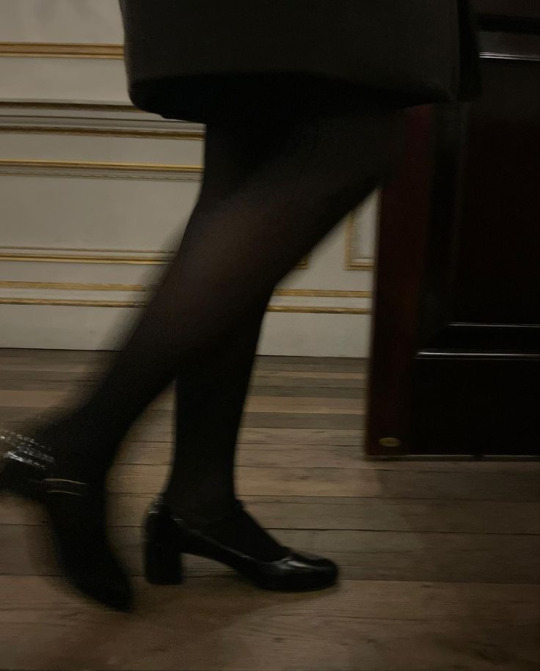




books and fall szn
#aesthetic#romantize your life#academics#academic#academic validation#study motivation#student life#dark acadamia aesthetic#dark academia#classic academia#study inspiration#dark academia vibes#dark academia moodboard#dark aesthetic#fall season#fall aesthetic#autumn#fall
2K notes
·
View notes
Text
⋆˚࿔ you got mail… 𝜗𝜚˚⋆





hi hi, Dolls… It’s that time of the month again, YOU GOT MAIILL <3
don’t forget to follow my insta @ malusokay
love ya ・:*₊‧౨ৎ
#malusokay#girl blogger#it girl#pink blog#coquette#that girl#aesthetic#dream girl#dark academia#light academia#chaotic academia#academia aesthetic#student life#studying#pink academia#classic academia#romantizing school#romantic academia#the secret history#november#donna tartt#booklr#books#books and reading#bookblr#reading#malusmonthlymail#gloomy#raining#cosy academia
1K notes
·
View notes
Text
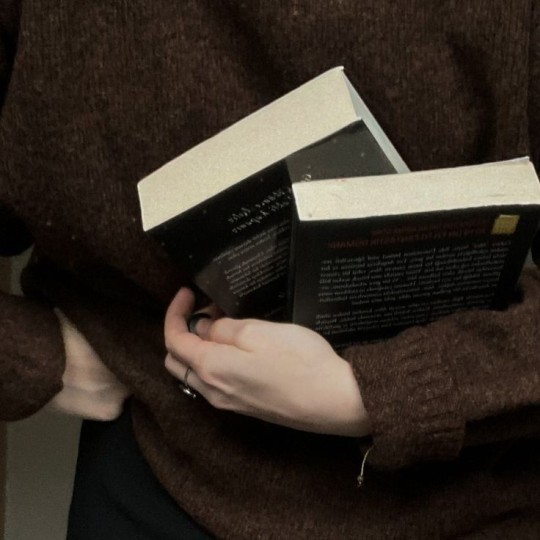





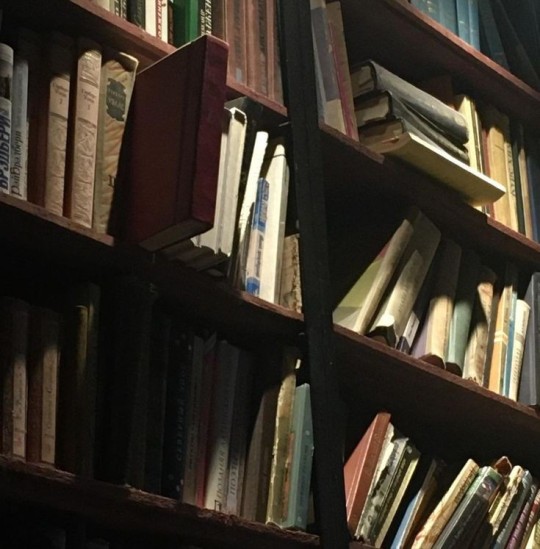


a pounding in my heart
#aesthetic#dark academia#coffee#art#books#academia#college#studyblr#light academia#literature#dark academia aesthetic#Dark academia quotes#classic literature#Study#School#Uni#Unilife#Student#Exam season#chaotic academia
7K notes
·
View notes
Text

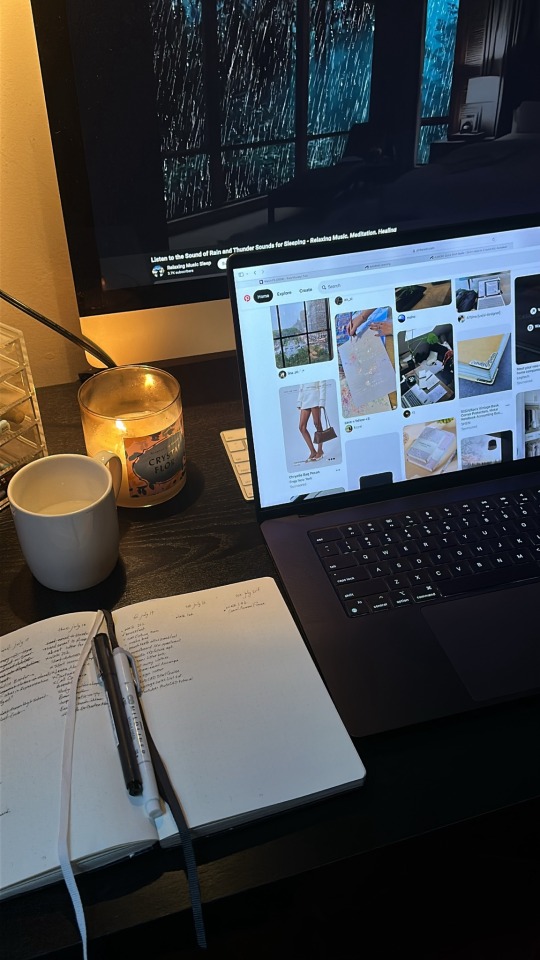
July 19, 2024, 6am.
Morning study vibe, but of course I have to do a quick Pinterest scroll to set the mood.
#studyblr#studyspo#study motivation#study#study blog#study aesthetic#dark academia#classic academia#academia aesthetic#study desk#desksetup#desk aesthetic#macbook#macbook pro#apple mac#pinterest#moodboard#fypシ#fyp#artists on tumblr#architecture student#college
1K notes
·
View notes
Text

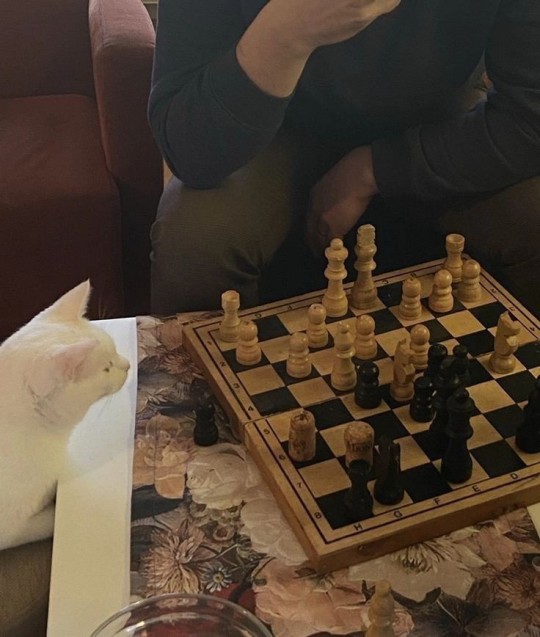




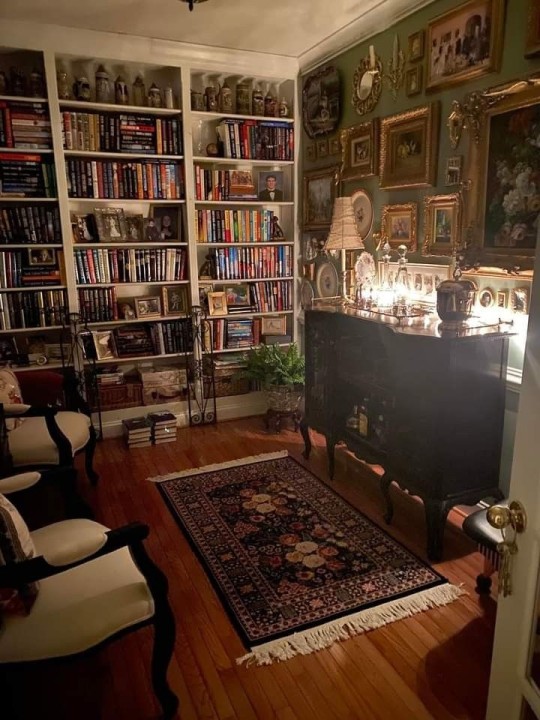
#chaotic academia#dark academia#light academia#books#literature academia#study aesthetic#study motivation#studying#classic academia#photography#bookblr#dark academia aesthetic#light academia aesthetic#life#literature#love#coffee#food#downtown#cozy#friends#academia#uni student#tea party#home design#vintage#moodboard#source: pinterest#mood
2K notes
·
View notes
Text
thank you for the quick revison on one of the vocab i have to study ^u^
Ancient Greek Word of the Day
γένεσις | genesis (from γίγνομαι, "come into being") — beginning, origin, birth; the act of creation; a living creature or sentient being
#word of the day#ancient greek word of the day#ancient greek#classical languages#classics#ancient greece#ever wonder why the first book of the bible is the book of genesis?#wotd#classical studies#classical academia#classical studies student#student#university student#university
43 notes
·
View notes
Text
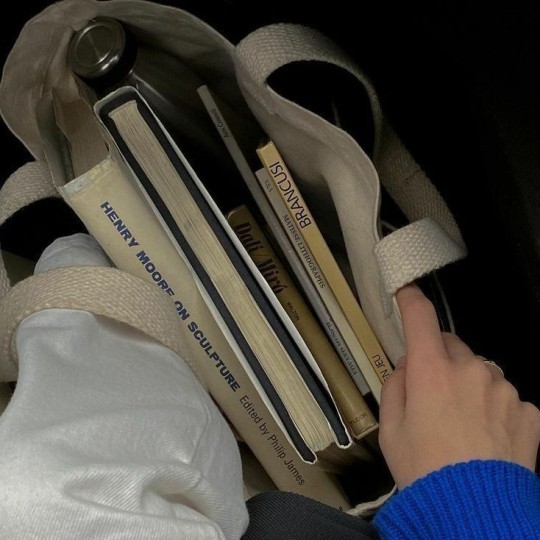


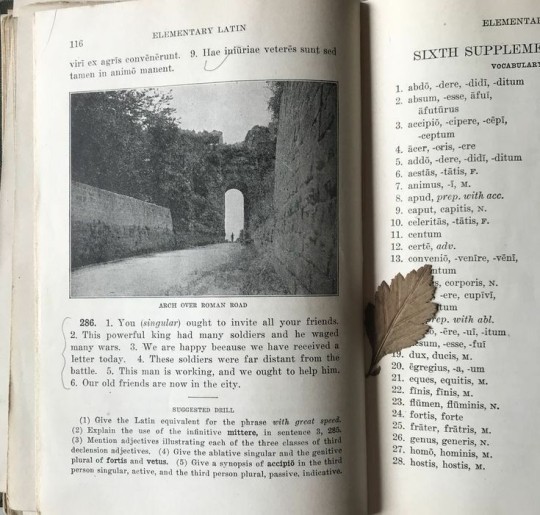
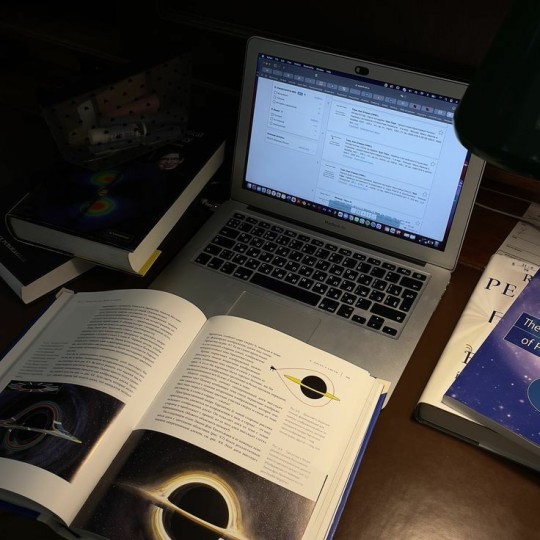

Academic girl
#study blog#studyblr#academic validation#dark academia#light academia#romantic academia#study motivation#students#study inspo#study aesthetic#studyspo#dark academia aesthetic#classic literature#literature#bookworm#bookblr#bookish#books and literature#books & libraries#school#studyspiration#light academic aesthetic#education#learning#college#university#dark academia books#academia aesthetic#books and reading#book aesthetic
12K notes
·
View notes
Text
Author: Gregory N. Daugherty
Description from Bloomsbury:
This study examines the reception of Cleopatra from the beginning of the 20th century to the present day as it has been reflected in popular culture in the United States of America. Daugherty provides a broad overview of the influence of the Egyptian queen by looking at her presence in film, novels, comics, cartoons, TV shows, music, advertising and toys. The aim of the book is to show the different ways in which the figure of Cleopatra was able to reach a large and non-elite audience.
Furthermore, Daugherty makes a study of the reception of Cleopatra during her own lifetime. He begins by looking at her portrayal in the vicious propaganda campaign waged by Octavian against his rival Marc Antony. The consequence was that Cleopatra was left with a tarnished reputation after the civil war. Daugherty's examination of both the historical and contemporary reception of Cleopatra shows the enduring legacy of one of history's most remarkable queens.
#one of the units in The Open University's A111 Discovering the arts and humanities module involves this topic#to read list#The Reception of Cleopatra in the Age of Mass Media#Gregory N. Daugherty#reception of Cleopatra#Cleopatra#cleopatra vii#popular culture#propaganda#Octavian#Augustus#Marc Antony#mark antony#reputation#reputations#historical reception#contemporary reception#Bloomsbury#books#classical studies#classical studies student#ancient rome#ancient egypt#contemporary USA#history#pharaoh#egyptian pharaoh#ancient greece#classical history#feminism
1 note
·
View note
Text










ℑ𝔱’𝔰 𝔫𝔬𝔱 𝔤𝔬𝔦𝔫𝔤 𝔱𝔬 𝔟𝔢 𝔢𝔞𝔰𝔶,
𝔅𝔲𝔱 𝔦𝔱’𝔰 𝔫𝔬𝔱 𝔤𝔬𝔦𝔫𝔤 𝔱𝔬 𝔟𝔢 𝔞𝔰 𝔥𝔞𝔯𝔡 𝔞𝔰 𝔶𝔬𝔲 𝔢𝔵𝔭𝔢𝔠𝔱, 𝔢𝔦𝔱𝔥𝔢𝔯
#academia#aesthetic#classic academia#dark academia#uni#chaotic academia#literature#college#english literature#lit#academic#academics#dark acadamia aesthetic#dark acamedia#romantic academia#light academia#academia aesthetic#dark academism#dark academic aesthetic#dark academia aesthetic#university#uni student#student#exam#study#books#book stack#read#reader#coffee
6K notes
·
View notes
Text


sophomore year of nursing school 💙🩺
#studyblr#light academia#academiario#stem#nursing studyblr#nursing school#nursing student#study mood#study motivation#study space#studyspo#study hard#university#college#student#study blog#study aesthetic#studying#florida#classic academia#academia#academiario nursing
499 notes
·
View notes
Text
I have acquired several dusty tomes (books) from the ancient archives (college library) with which to perform evils (research paper writing).
#special thanks to the scribe (fellow student at the front desk) for helping me uncover my tomes. u a real one#local queer classicist posts#classics stuff#university stuff#university#classical studies#library#tagamemnon
3K notes
·
View notes
Text

going live on studystream in a few minutes, if anyone wants to study with me just come and find meeee (focus room 1 as always <3)
#malusokay#girl blogger#it girl#pink blog#that girl#coquette#aesthetic#dream girl#pink pilates princess#pink academia#dark academia#classic academia#light academia#academic validation#study aesthetic#study motivation#study blog#studyblr#studyspo#student#studying#student life#academic weapon#romantizing school#back to school#this is a girlblog#girlblogging#gaslight gatekeep girlboss#girlblog aesthetic
318 notes
·
View notes
Text
That thing when you ask your professor a question and they get that distant look in their eyes and stare into space for a while and you can see them racking their brain for an answer and then, they get really excited when they realize that they dont know so now they have an excuse to research something new >>>
#classical studies#classical philology#uni life#philologist#light academia#chaotic academia#dark academia#books#aesthetic#poetry#dark acadamia aesthetic#literature#books and libraries#art#university#university student#latin#ancient greek
717 notes
·
View notes